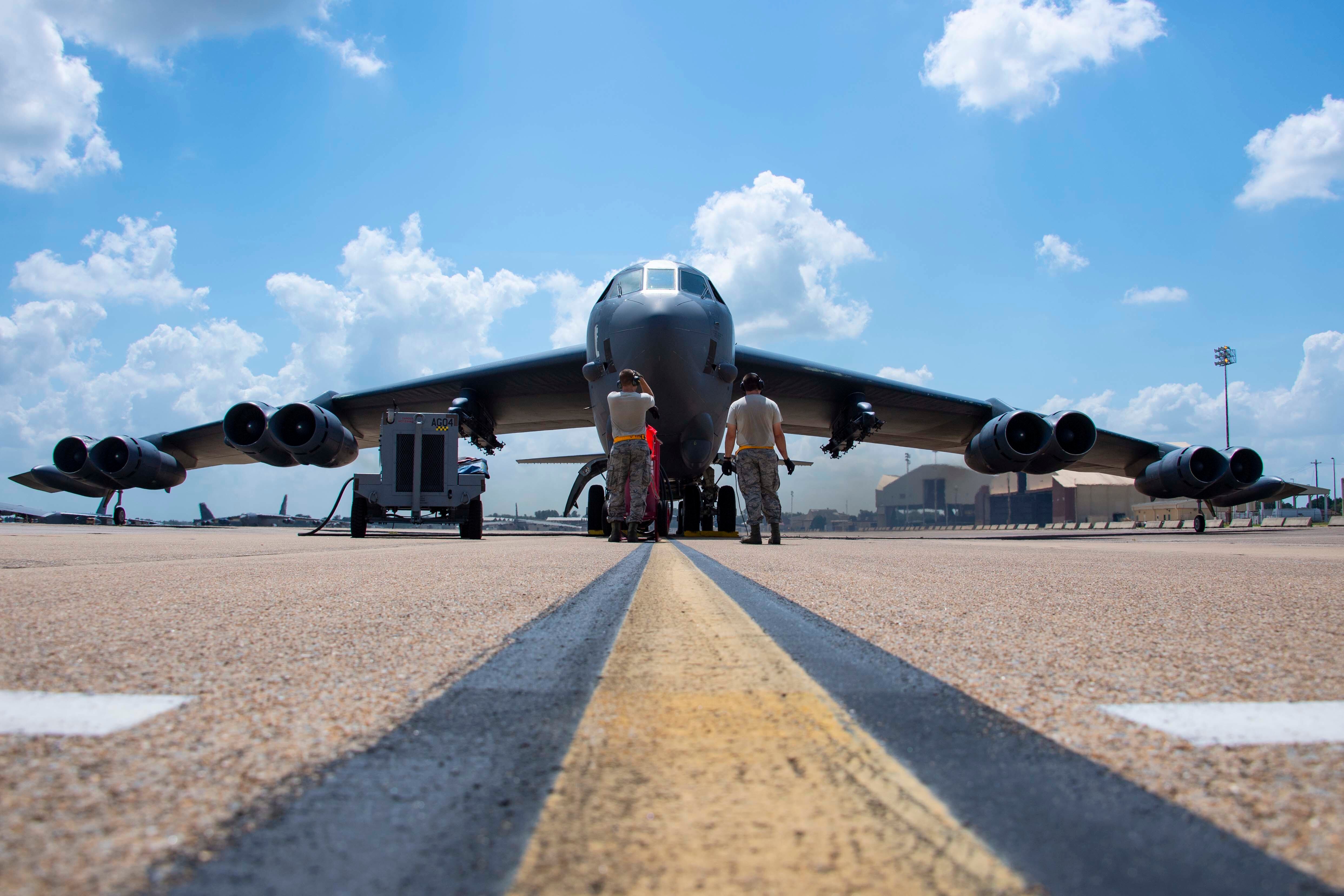Two decades into the 21st century, far too much of the U.S. military consists of systems that were designed and initially produced at the end of the last century, and in many cases back to the late Cold War. While the United States and its allies face growing threats from China and Russia, much of the U.S. military force structure has been worn out by the relentless pace of global operations over the past two decades.
As one example, the size of the U.S. Air Force’s combat aircraft inventory is at an all-time low, while the age of key elements of the combat aircraft fleet is at an all-time high. An urgent need exists to upgrade U.S. military capabilities, that can no longer be addressed solely by modernizing existing platforms. At the same time, the massive price tag associated with the response to COVID-19, along with the pandemic’s lingering impact on the U.S. economy, threatens to blow a hole in any future stability for the defense budget.
The report of the House Armed Services Committee’s Future of Defense Task Force argued that “Congress and the Department of Defense must identify, replace, and retire costly and ineffective legacy platforms,” and conduct a “tough and fulsome review of legacy systems, platforms, and missions” patterned loosely on the base realignment and closure process, or BRAC, of the 1990s. Successfully designing and conducting a BRAC for legacy systems requires a clear definition of what constitutes a legacy system. A platform’s age and related maintenance costs may appear as straightforward criteria. Systems nearing the end of their service lives cost much more to maintain, so retiring them in favor of newer systems is pragmatic. However, the services’ record here is decidedly mixed and inconsistent.
One example is the U.S. Air Force’s efforts to cut or eliminate unmanned air systems, such as the MQ-9 Reaper and RQ-4 Global Hawk, despite their organic kill chain capabilities and mission flexibility, while repeatedly delaying programs to replace the venerable B-52 Stratofortress, which is now envisioned to remain on duty through its centenary.
RELATED

Rather than focusing solely upon age, judging whether a system earns the “legacy” moniker must center on its contribution to great power competition and potentially great power conflict, both immediately and in the near term. A multifaceted assessment of platform’s contribution should consider:
- How adaptable is the platform to battle networks? How well can it host alternative payloads and perform alternative missions? How well can it absorb new software and technology, and at what effort and cost? Many platforms lack the space, weight, power and cooling to be able to accept new or upgraded functions.
- How well connected is the platform? How readily can it communicate and share data with other systems? Systems must be able to draw information from and provide information to as many other platforms as possible.
- Can the platform organically complete kill chains? How many different mission threads? If not, how much can it do independently rather than relying on support from other platforms?
- What is the history of readiness? At what effort and cost?
- Is the platform the sole capability for a mission, and how important is that mission? Can the mission be covered elsewhere in the near term, including by allies? What programs are there to cover this in the future?
- How interoperable is the platform, both with other U.S. systems and with allies? Have U.S. allies and partners also invested in the platform? What allies/partners might be interested in purchasing these divested platforms for their own forces, or as surplus equipment?
- How easy or difficult would it be to replace the platform? If more is needed, how easily, how quickly and at what cost can they be obtained? How healthy is the industrial base that supports it?
So what should be done with legacy systems?
Some could be transferred out of operational status and used for experimentation. Historically, the 1950s and 1960s were a boon for Cold War military innovation precisely because of the amount of surplus World War II equipment that was available for experimentation without affecting operational forces. Other systems could be converted to unmanned variants and used for sorties as disposable platforms. Technology efforts have already enabled this approach for years, the QF-16 effort as one example among many.
Still, other systems could be retired or decommissioned and transferred to key allies and partners through the Foreign Military Sales process. Many such platforms could meet the needs of allies and partners, especially during continuous competition and for operations in their own backyards. U.S. military planners can encourage allies and partners to shoulder a greater share of competition efforts while the U.S. focuses on readiness for conflict.
Congress and the Defense Department need a sophisticated approach for thinking about legacy systems, one that focuses on relevance to contemporary competition and conflict. This effort is key to ensuring the United States is better prepared for the challenges of the next decade and beyond.
Thomas G. Mahnken is president and CEO of the Center for Strategic and Budgetary Assessments. He is also a senior research professor at the Philip Merrill Center for Strategic Studies at Johns Hopkins University’s School of Advanced International Studies. Chris Bassler is a senior fellow at CSBA.








